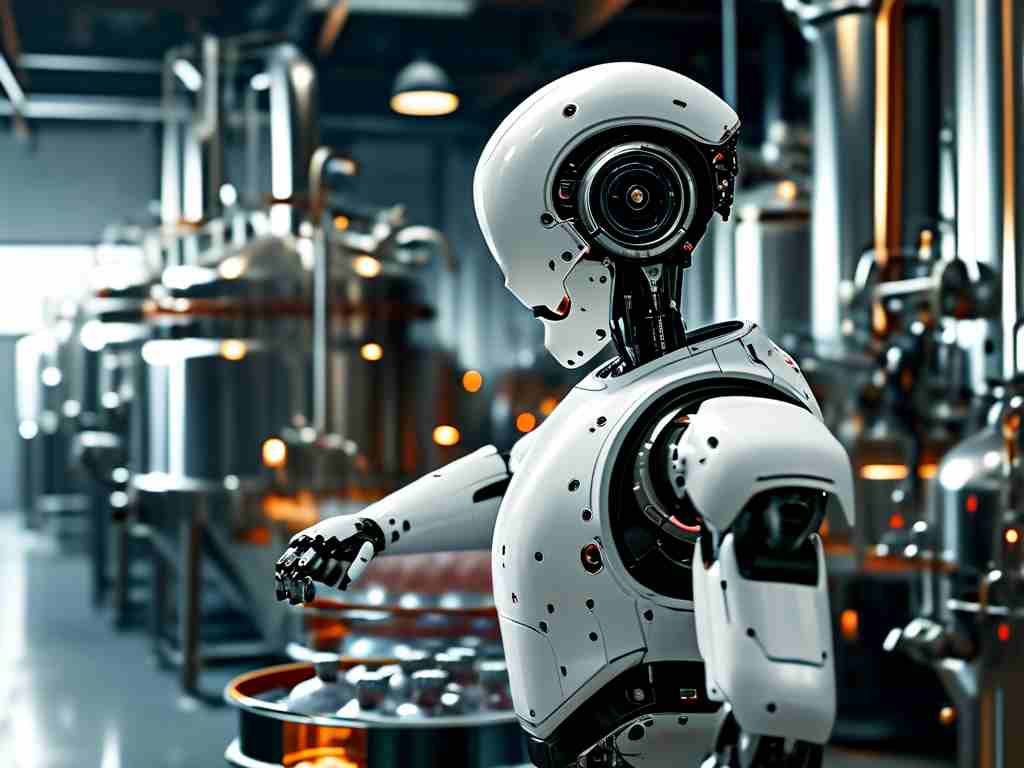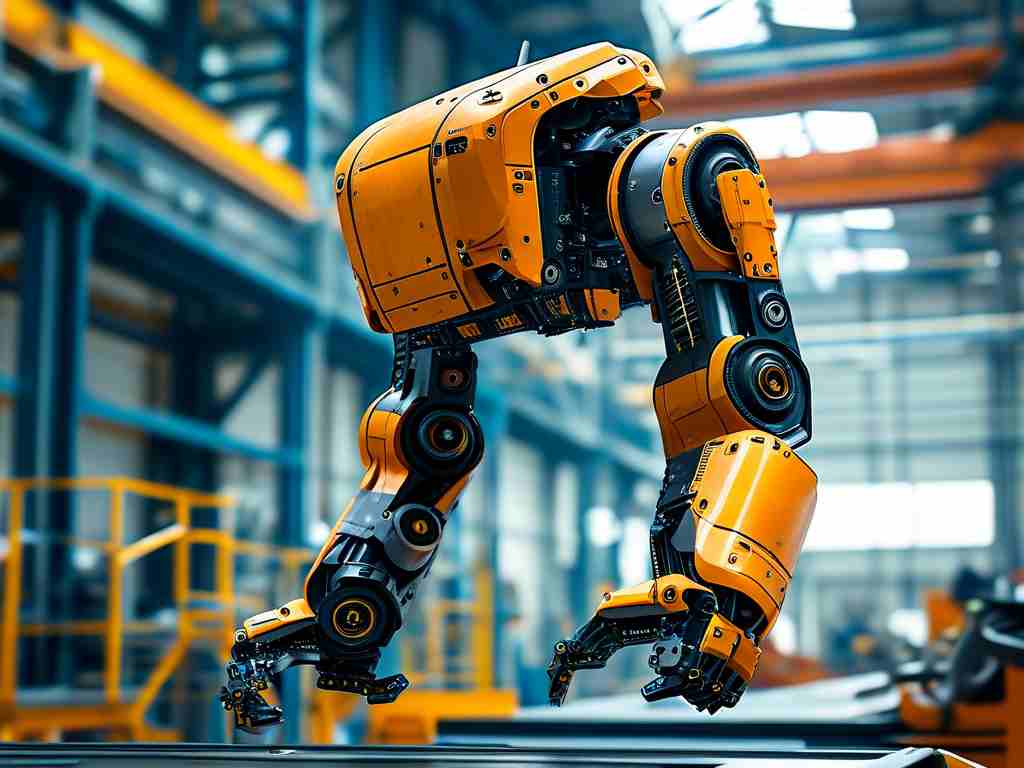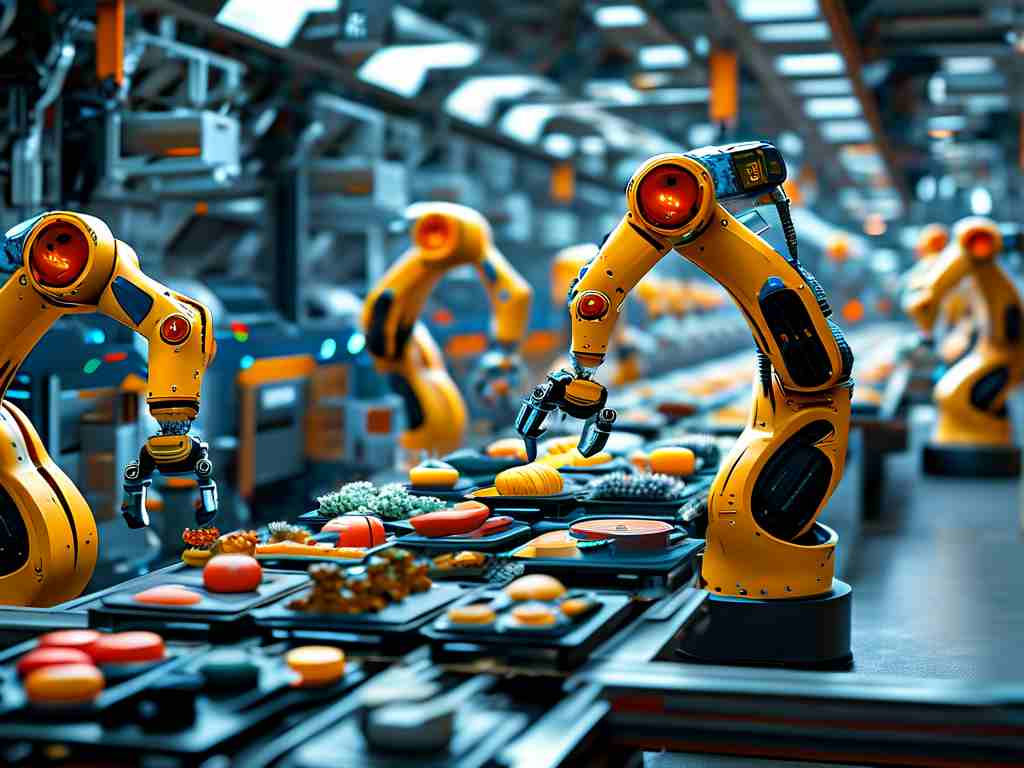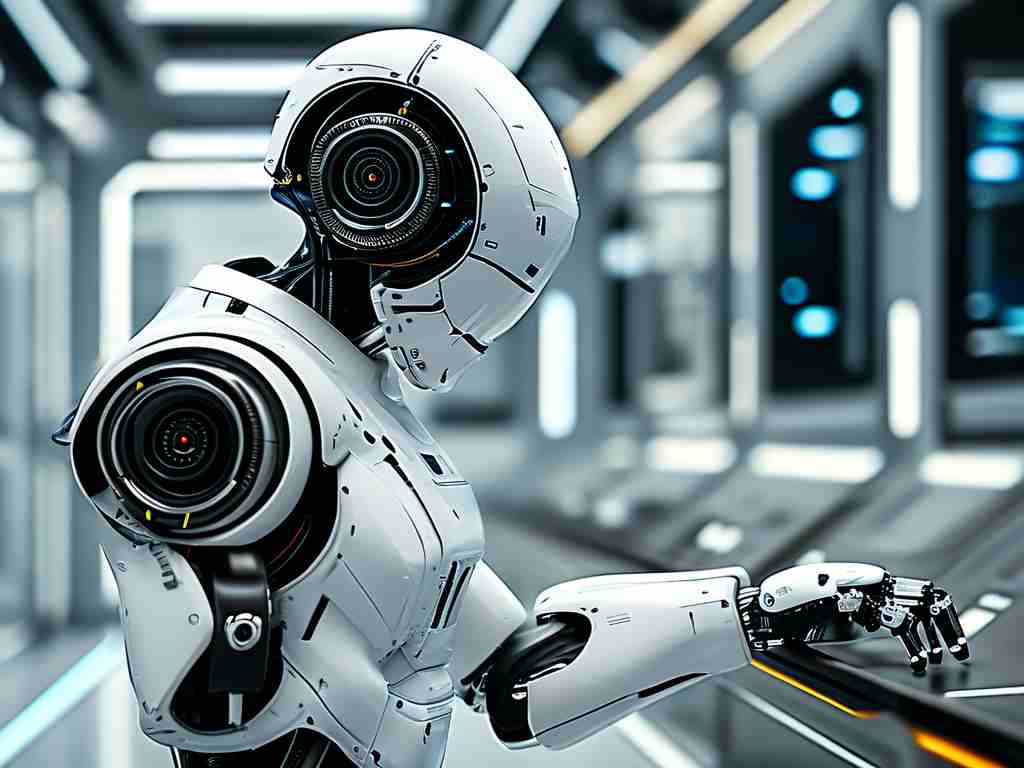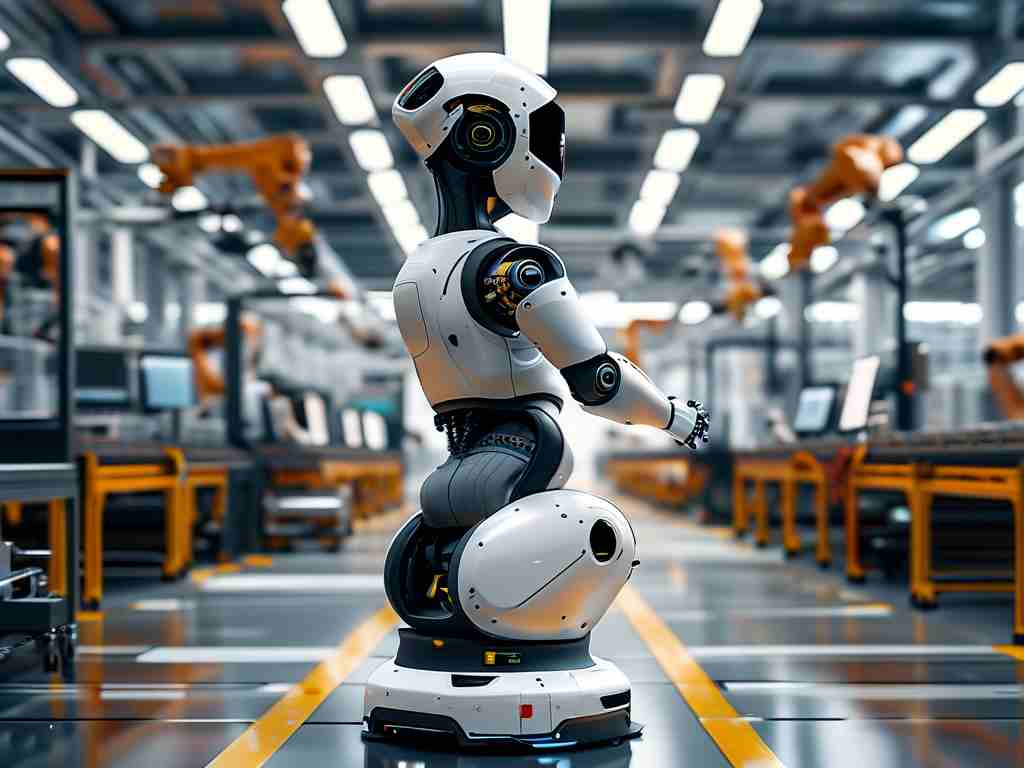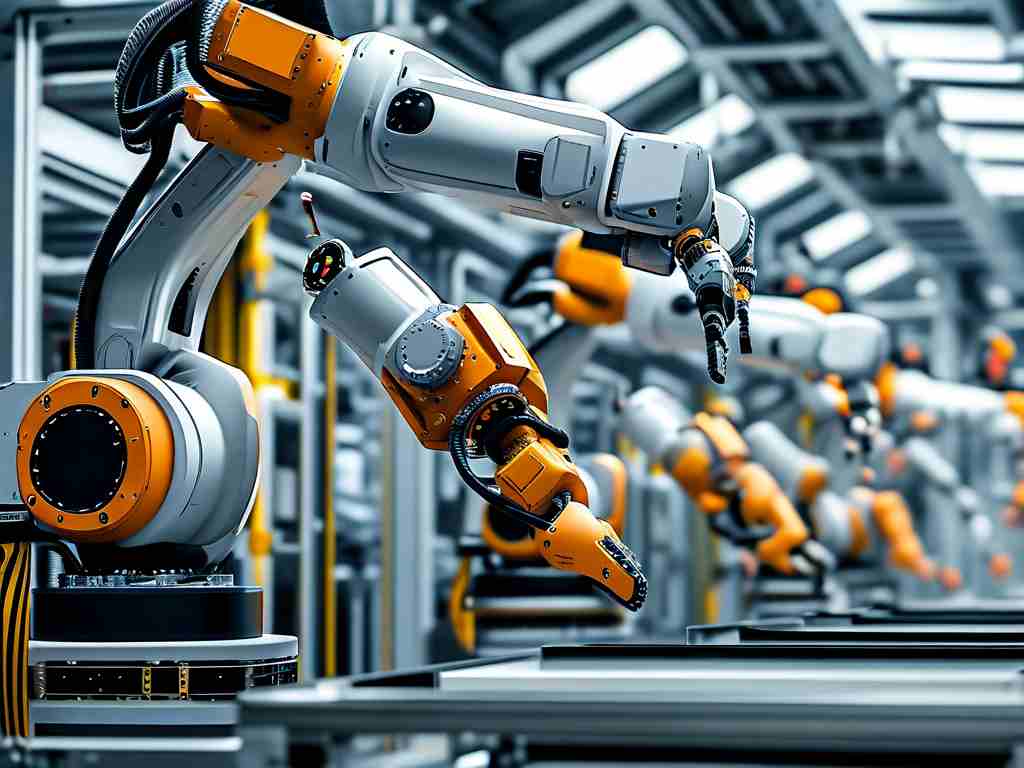Robotic refueling technology represents a groundbreaking advancement in automation, streamlining processes in industries like automotive and aviation. At its core, this innovation relies on integrating sophisticated hardware and software to achieve precise, hands-free fueling operations. The fundamental principle involves deploying robotic systems equipped with advanced sensors to detect and locate fuel ports accurately. For instance, using laser scanners or 3D vision systems, these robots can identify the exact position of a vehicle's fuel inlet, even in varying environmental conditions. This sensing stage is crucial for minimizing errors and ensuring that the refueling nozzle aligns perfectly without human intervention.

Building on this, the control system forms the brain of the operation, employing algorithms and artificial intelligence to orchestrate movements. Typically, a central processor analyzes sensor data in real-time and sends commands to robotic arms. These arms, often multi-axis manipulators, execute the fueling sequence with high precision. A key aspect is the feedback loop, where continuous monitoring adjusts actions—say, if a sensor detects misalignment during nozzle insertion, the system instantly recalibrates to avoid spills. This adaptive control principle not only enhances efficiency but also incorporates safety protocols, such as automatic shut-off if leaks or anomalies are detected, preventing hazards like fires or overfilling.
The mechanical execution phase brings these principles to life through specialized end-effectors, such as robotic grippers designed to handle fuel nozzles. These components work in tandem with pneumatic or hydraulic systems to apply controlled force, ensuring a secure seal during refueling. Underlying this is the energy transfer principle, where the robot manages fuel flow via integrated valves and pumps, maintaining optimal pressure and volume based on pre-set parameters. This mechanical harmony reduces wear and tear while maximizing throughput, making it ideal for high-demand scenarios like fleet servicing or airport refueling stations.
Applications of robotic refueling technology span diverse sectors, offering tangible benefits such as reduced labor costs and enhanced safety. In the automotive world, automated stations can service multiple vehicles simultaneously, cutting downtime by up to 50% compared to manual methods. Similarly, in aviation, robots handle jet refueling with unparalleled accuracy, minimizing human exposure to volatile fuels. The environmental advantage is notable too, as precise control curbs fuel wastage and emissions, aligning with sustainability goals. However, challenges persist, including the high initial investment for implementation and the need for robust cybersecurity to protect control systems from breaches.
Looking ahead, innovations in AI and machine learning promise to refine these principles further. Future iterations may incorporate predictive maintenance, where robots self-diagnose issues before failures occur, or integrate with IoT networks for seamless data exchange. Despite hurdles like regulatory approvals and public acceptance, the trajectory points toward widespread adoption. In essence, robotic refueling technology embodies a transformative shift toward smarter, safer automation, driven by principles that merge precision engineering with intelligent control to redefine how we manage energy resources globally.


